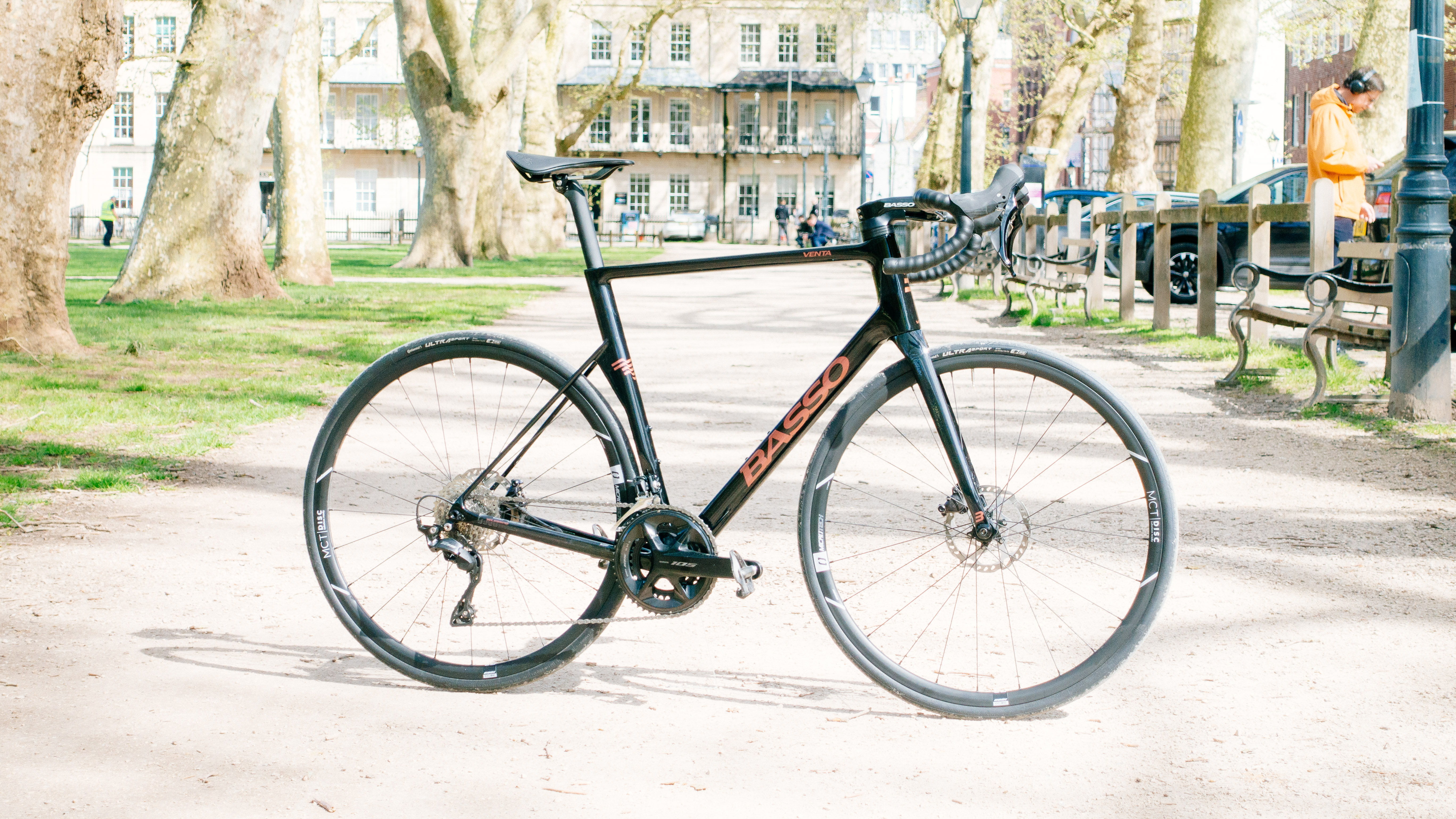Cyclingnews Verdict
Great all rounder, with planted handling and a great position for big days, but slightly hamstrung by its wheels
Pros
- +
Looks gorgeous
- +
Separate bar and stem
- +
Good tyres
- +
As good a cable groupset as you can get nowadays
Cons
- -
Creaky front end
- -
A little heavy
- -
Wheels a bit lacklustre
You can trust Cyclingnews
Italian bikes, rightly or wrongly, have a reputation for being stylish, hard to live with, and expensive. Many brands trade on the heritage of Italian cycling, with Colnago, Bianchi, and Campagnolo likely the biggest offenders. Recently there has been a trend amongst Italian brands of marketing their products as much as luxury items as they were sports equipment.
Campagnolo has a groupset costing $5,300 and has not invested in its ‘affordable’ components in years. Colnago, too, offers only high-end products. Basso is another Italian bike brand that caters to the high end - I have the brand's Campagnolo Super Record equipped Diamante SV in for testing too at the moment, with a price tag of over €11,000 - but also unusually to consumers after a more affordable slice of the Italian bike pie (tiramisu, maybe?).
The new Venta R on paper seems to derive itself from the Diamante, though it comes in a full €8,000 cheaper at €2,849, or approximately £2,400. This puts it in a much more competitive market space, so can it hold its own against the big names, and, ultimately, should you buy it?
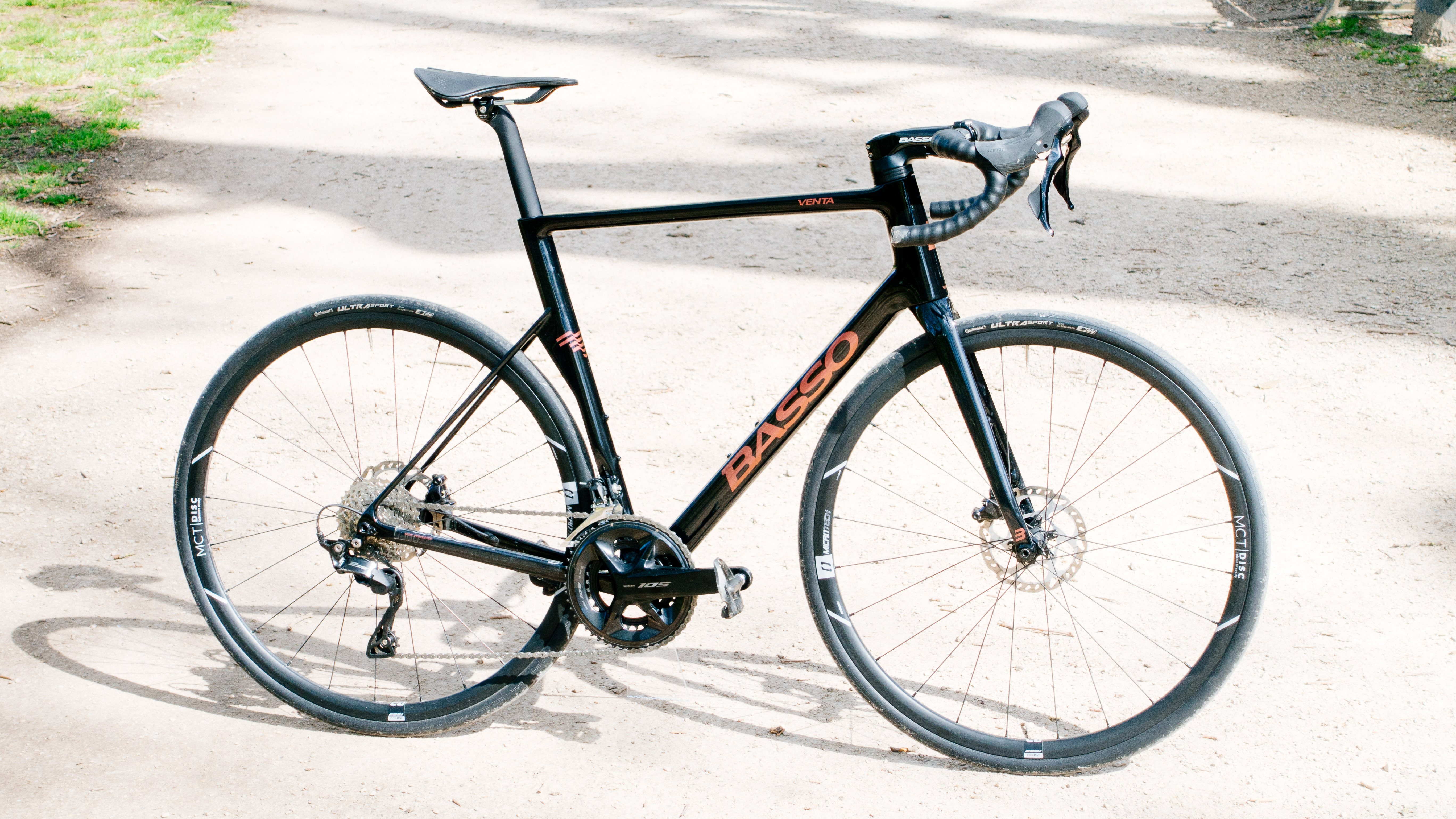
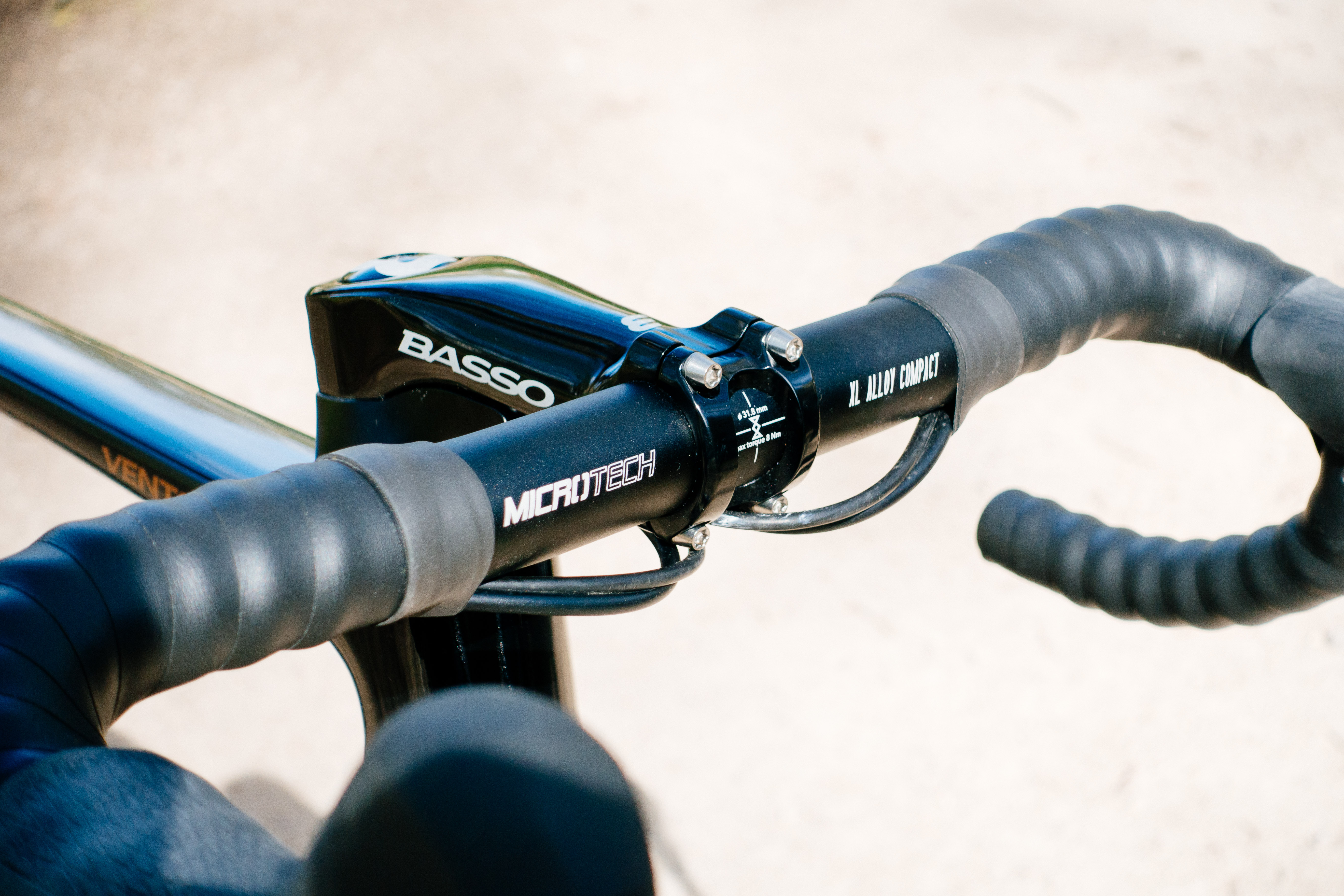

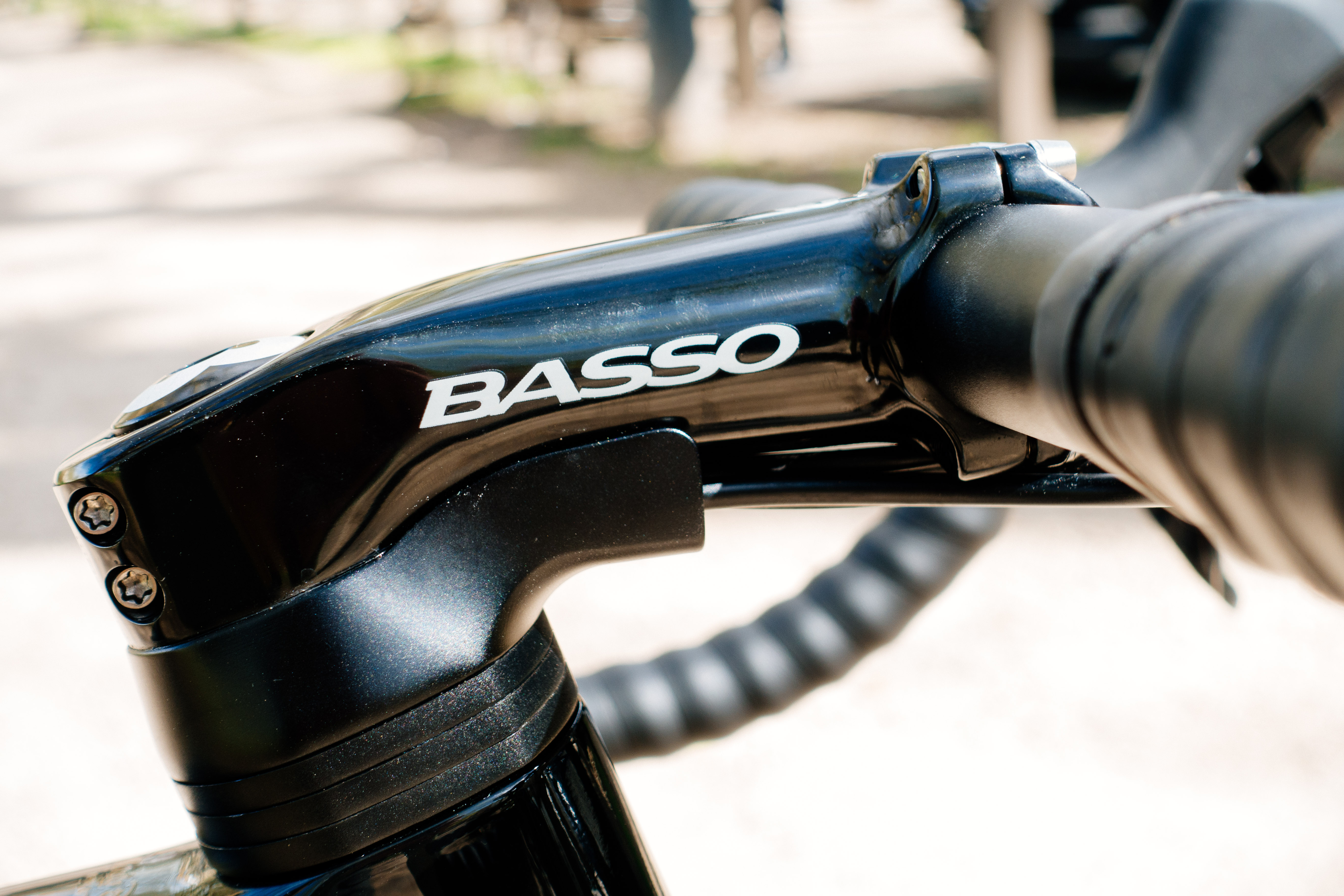
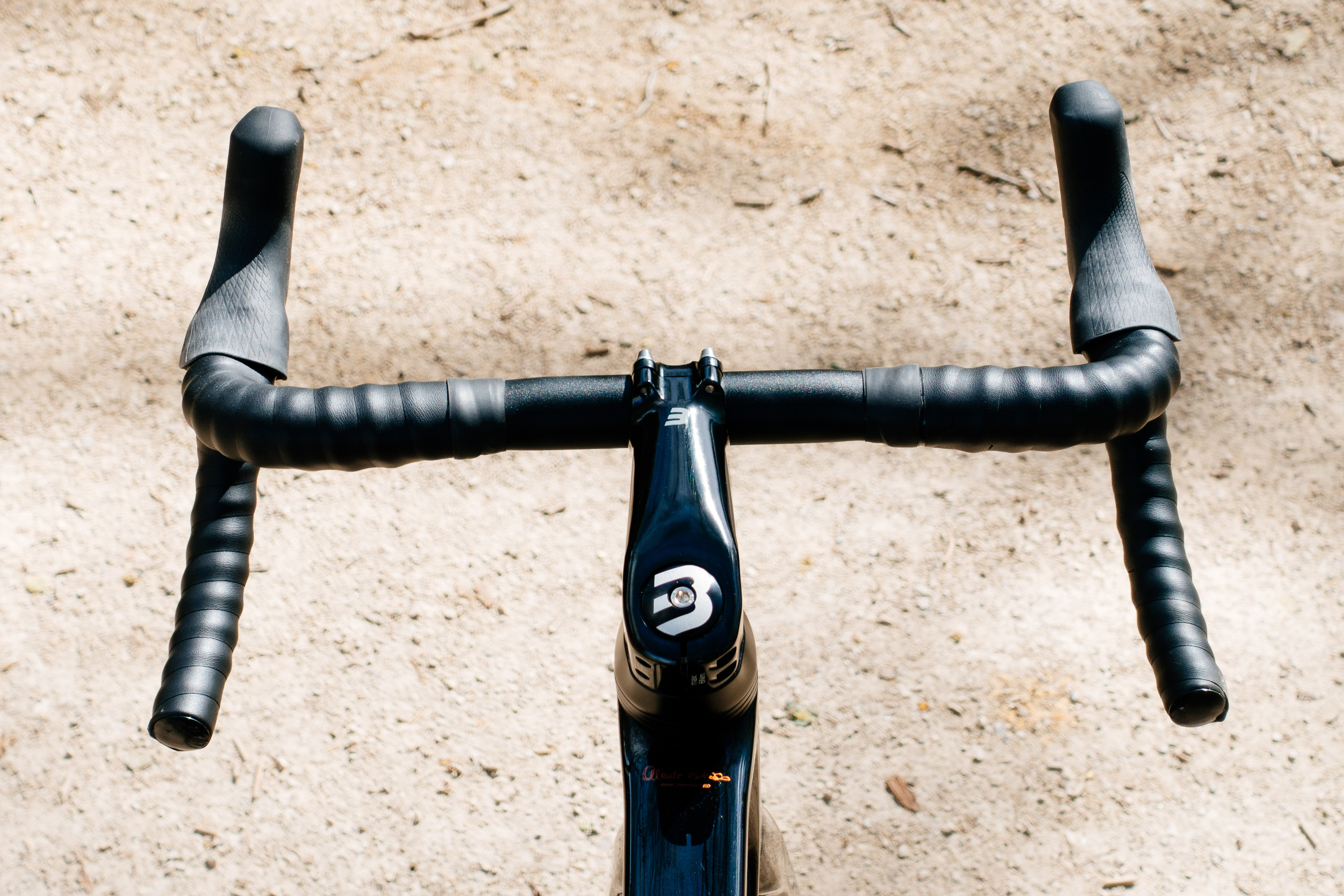
Design and aesthetics
I’m going on record here and saying I think this might be the best-looking bike in the very congested £2-4k space. A lot of bikes at this price point do look sort of similar, but the actual blueprint of a bike is hard to make look that unique. The stance of the bike, for want of a better word, is clearly derived from the brand's higher-end models. The very tall head tube and seat post, combined with a fork where the forward offset is taken care of just after the crown, followed by straight blades, give it a look that’s purposeful. It’s not quite so aggressive, visually, as the Diamante, which takes it to a greater extreme, but the family genes are still on show.
The tall seat tube does mean you get noticeably less seat post stick-up, which we will come to later, and a top tube that’s a little more horizontal, but the main thing is from the point of view of this review is that it looks more expensive than it is. It looks good. The paint is delightful too; so often companies produce a black bike with logos in gloss/matte and it sells. You’ll have seen them, we all have. This is a black bike done well. The main body is black, nothing special, but the logos are a beautiful colour-shifting copper-orange that elevates it. Also, as it’s all gloss, it’s easy to clean, which is a godsend over the winter
In terms of geometry, it does take a lot from its more premium sibling, the Diamante SV. Both bikes share the same seat tube, top tube, and chainstay lengths, as well as seat tube and head tube angles. Where they differ is that the Venta R has a 5mm shorter reach and, oddly, a 7.5mm lower stack than its ‘more aggressive’ counterpart. This is slightly confused by the fact that the Diamante has a 23mm shorter head tube, but this discrepancy is likely to do with the face the Diamante SV has a head tube that is lower than the top tube thanks to a cutout, and the stack figure is likely taken at the projected centre of the top tube. Without getting into the weeds of geometry, the Venta R is similar in most respects to the Diamante, but a bit more upright and shorter.
Both bikes are also more upright than an endurance staple like the Canyon Ultimate, which for reference is 12.5mm lower in stack and 8mm longer in reach for the equivalent size.
Something that I think is also worth praising is the use of a normal bar and stem. Yes, there is internal cable routing, but the cables and hoses enter the frame via a channelled spacer that hugs the underside of the stem. It effectively means you cannot totally slam the bars, which given it’s a more upright bike you are perhaps more likely to want to do, but the trade-off is that you can swap the bars without having to totally disassemble the brakes and gears.
You can also change the stem with ease, though if you aren’t using a Basso stem the channelled spacer won’t necessarily fit flush underneath. It does still mean that when the time comes to replace your headset bearings you will need to totally disassemble, but for riders who are still messing around with fit it makes life cheaper and easier.
One thing that’s worth reporting is that the front end has a tendency to creak if you don’t do the expanding bung up tight. I mean really tight. Usually, brands state a torque spec for their bungs, but after a chat with Basso I was told there is no max. Unnerving as this was it did seem to stop the creaking.
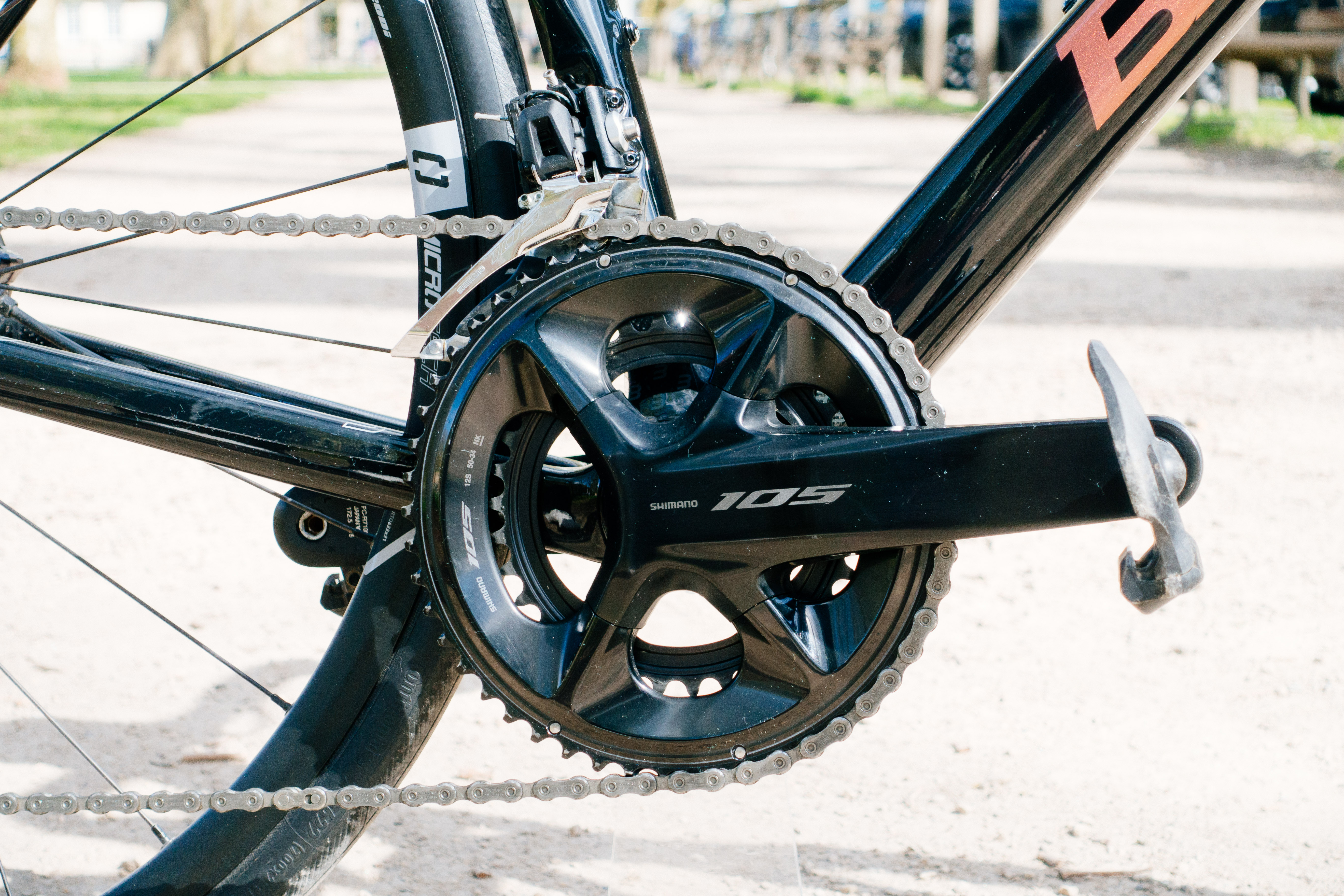
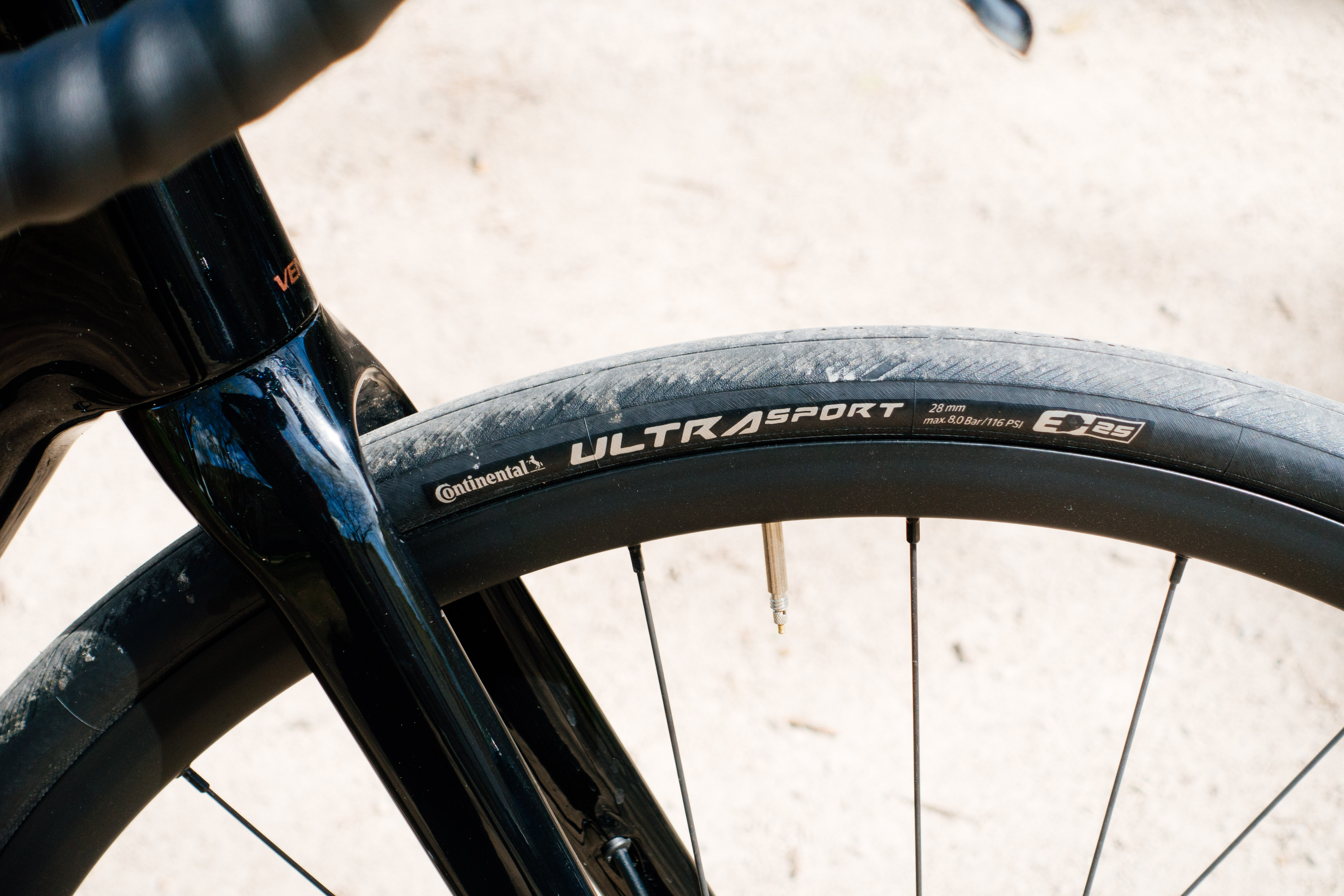
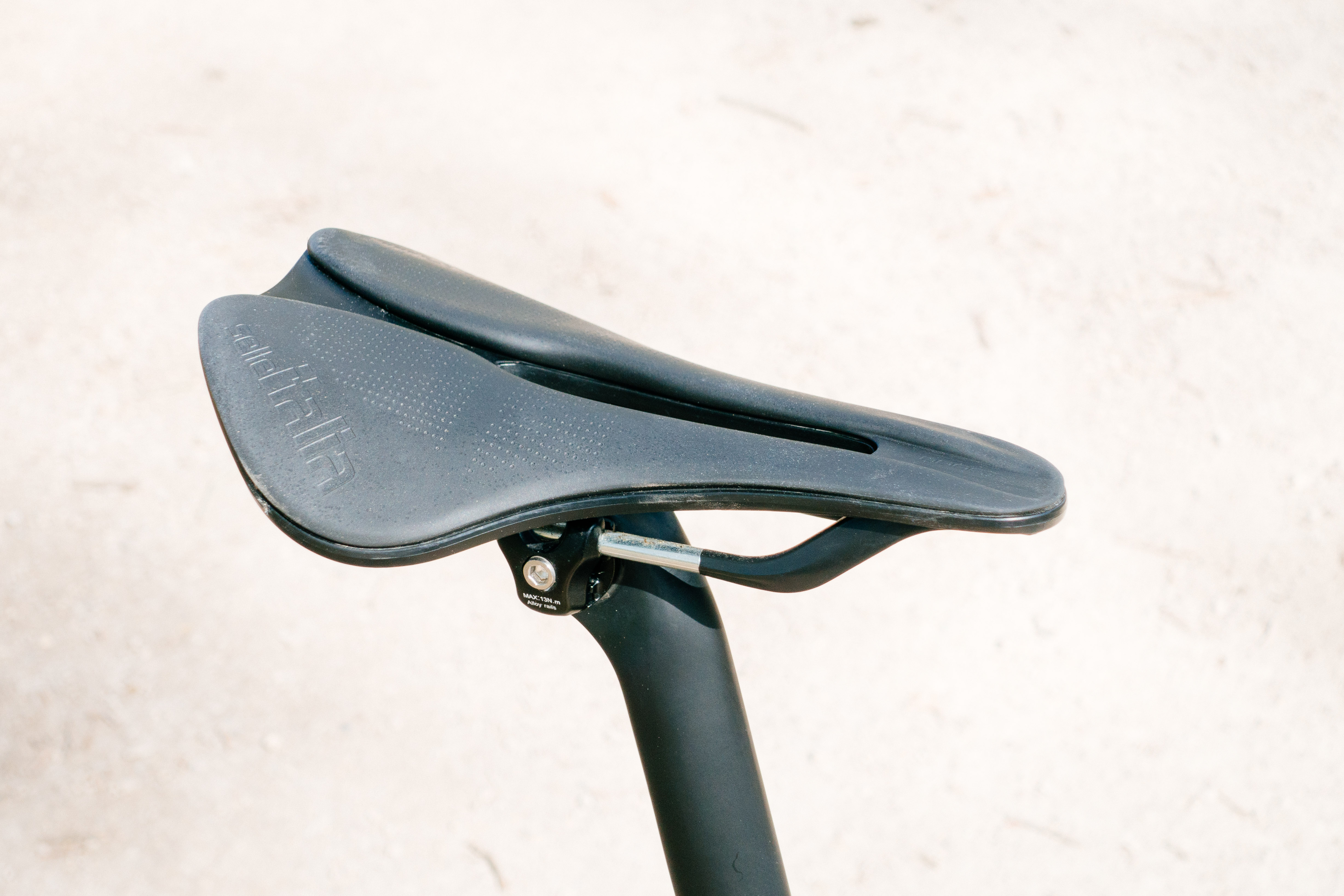
Performance
Parking the creaky front end the Basso Venta R is a very lovely bike to ride. In its price bracket it certainly feels like a geometry better suited to actual consumers rather than pro cycling cosplay enthusiasts; the higher stack and shorter reach than is perhaps ‘normal’ should put it on the radar of bike fitters and those who simply don’t want a massively slammed race bike alike. The advantage of the taller head tube means you can make it look slammed, while actually being more upright, which is key when you lean it up against a café.
To quickly dive back into the frigid plunge pool of geometry chat once again, having a taller head tube does make the bike longer for an equivalent setup, so do bear this in mind too. Basically, if you make the bar height up with additional spacers you are effectively moving the bars rearward too each time you move them up thanks to the head tube angle. Fewer spacers for the same bar height means a longer bike. Right, that’s it, I promise!
This slightly more upright position - and it’s by no means a Dutch shopping bike just to be clear - means it’s lovely for more endurance-oriented riding. The bars, too, help with this. They are excellent, from Basso’s in-house component brand Microtech.
There’s a subtle flare, and the drops are good and roomy for chugging along. Another advantage of round bars is it’s still dead easy to mount accessories too without faffing about with unusual workarounds. Lights, computers, bar bags are all a breeze.
These round bars do somewhat hint that the bike's aero credentials are perhaps not what you’d get from a bike of this price derived from a more WorldTour pedigree, but I also think this isn’t really a bike for aero nerds. If you want to maximise your Strava PR potential then perhaps look elsewhere, but as a bike that’s enjoyable to ride, I very much rate it.
The handling inspires confidence, helped by the surprisingly good Continental Ultra Sport tyres. While the finishing kit has been specced to hit a price point, these second-tier tyres gave me no cause for concern even on twisty descents in the rain, and are better than some tyres I’ve ridden on bikes twice the price. Where some bikes like the Canyon Ultimate feel a bit jittery, this feels solidly planted. Its handling is most similar to the Pinarello F7, or, perhaps unsurprisingly, the Diamante SV.
Its ‘big day out’ credentials are slightly marred by the extremely long seat tube. While aesthetically I do think it looks great, it results in a very small amount of seatpost stickup, so the rear end feels very ridgid. I’d recommend upping the tyre size in the long run to a more modern 30c or even a 32c, which I suspect would almost totally ameliorate this issue.
As cable shifting goes the 105 Di2 is about as good as it is possible to get. I must admit I didn't jump for joy at the inclusion of a 12th sprocket, but I also never lamented its inclusion while riding; once dialled in the shifting is light and crisp, and the front derailleur especially is quick as a flash.
The best bit is perhaps the brakes, with the latest mechanical 105 benefitting from the trickle-down of the ‘Servo Wave’ tech from Ultegra and Dura-Ace. In essence, this means the pads are spaced 10% further apart, with more of the pad movement taken up in the early part of the lever stroke. In short, better modulation and less chance of rotor rub.
The one thing I think this bike could do with is better wheels. This is where the bike has most obviously been specced to a price point, and it’s most obviously lacking. Looking at the similarly priced Canyon Ultimate CF SL 7, this comes with a carbon bar-stem (not necessarily a good thing, fyi) and OEM alloy DT Swiss wheels. Details on both the SL 7 and these wheels are actually scarce, but from what I can gather there’s something in the region of 200g difference between them. DT Swiss is also definitely a bigger name, and I suspect will have a wider rim bed too to cater to modern tyre width choices.
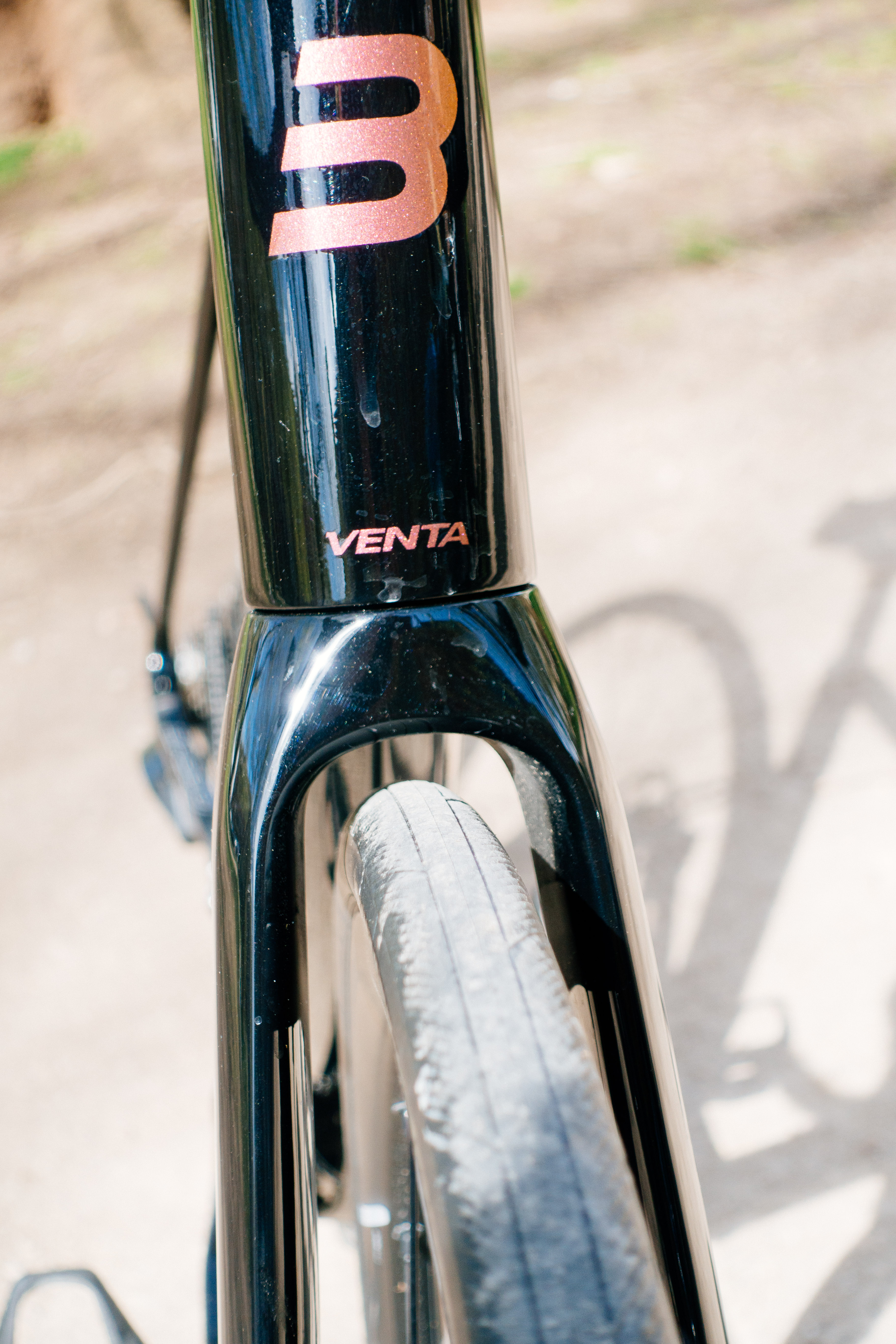
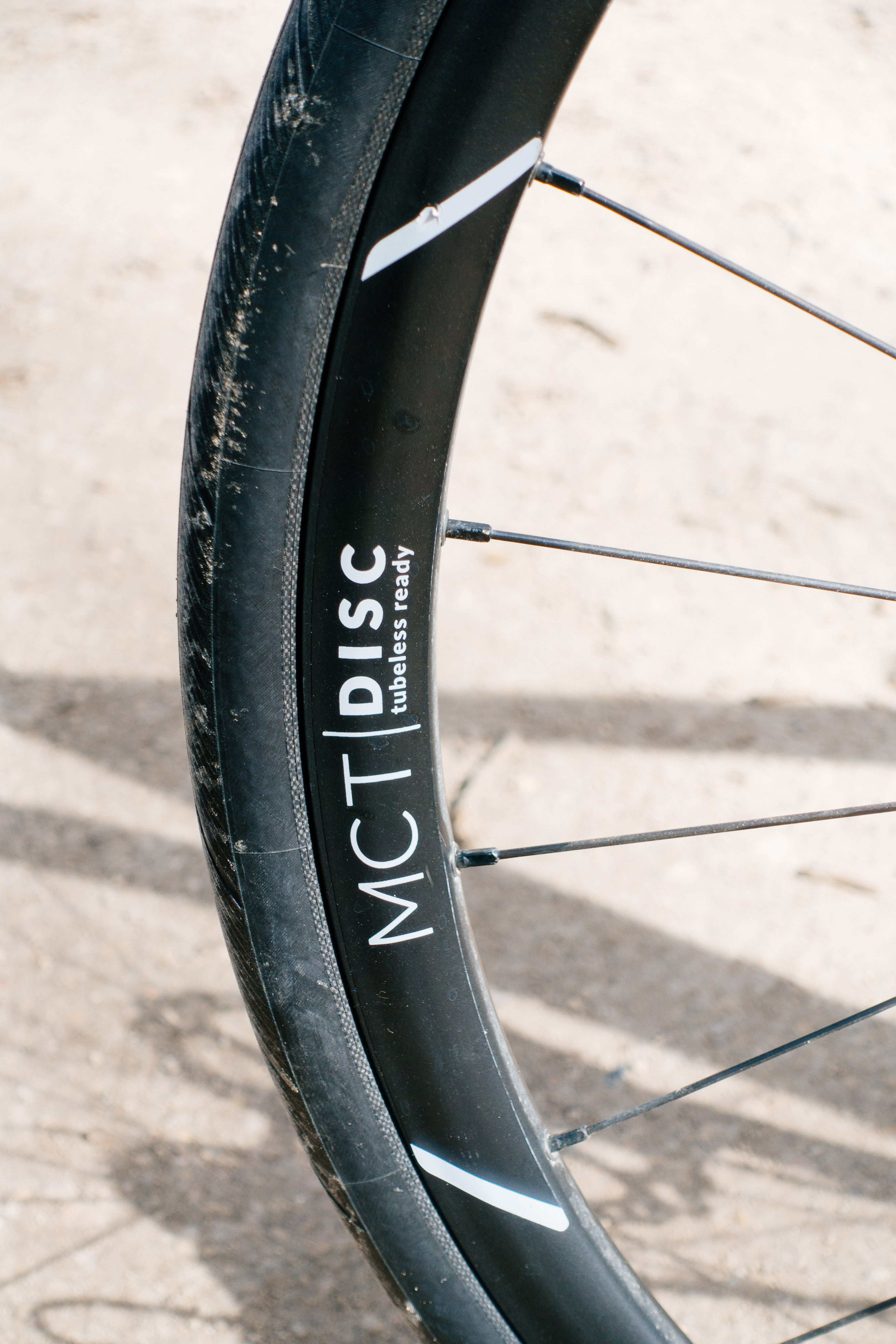
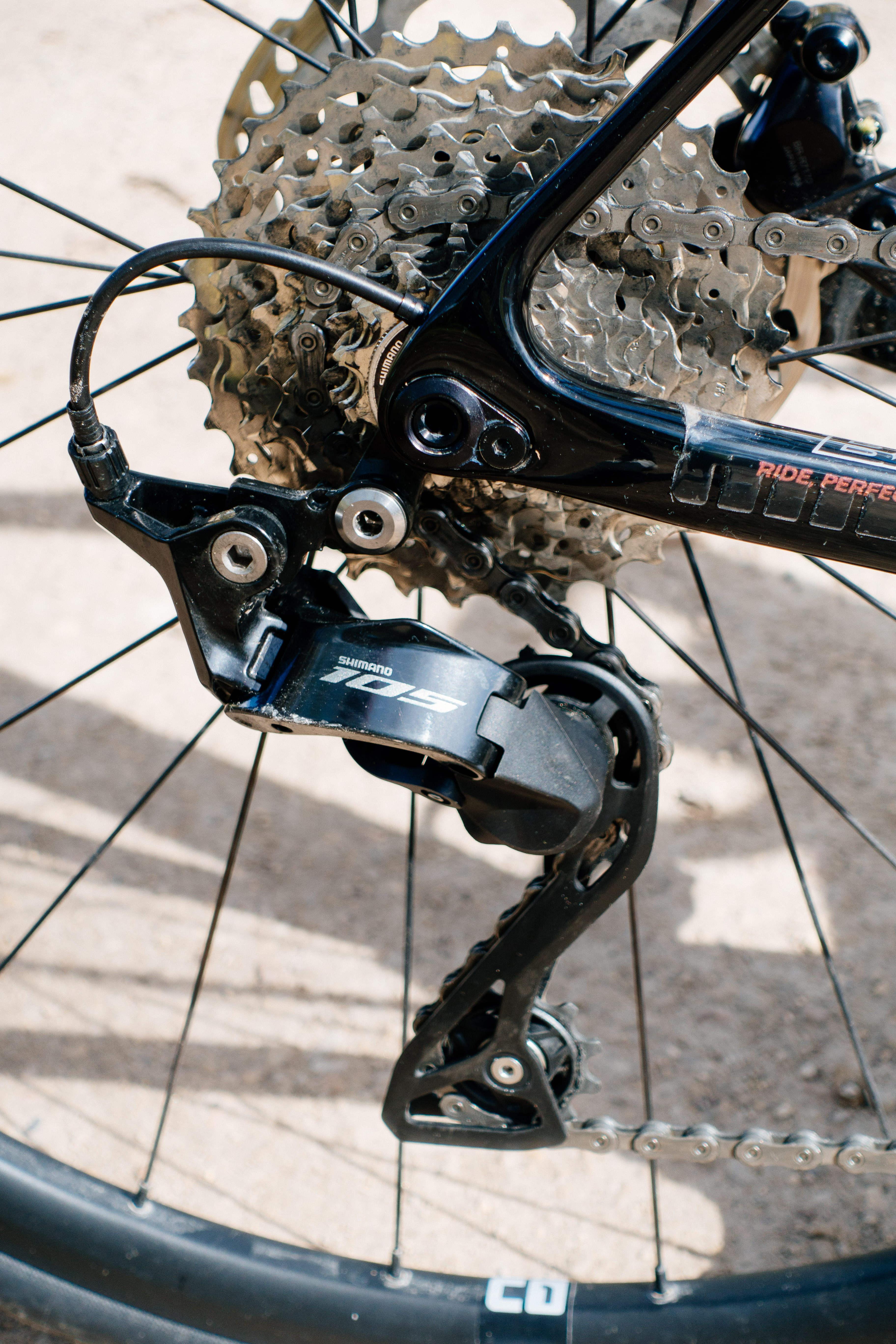
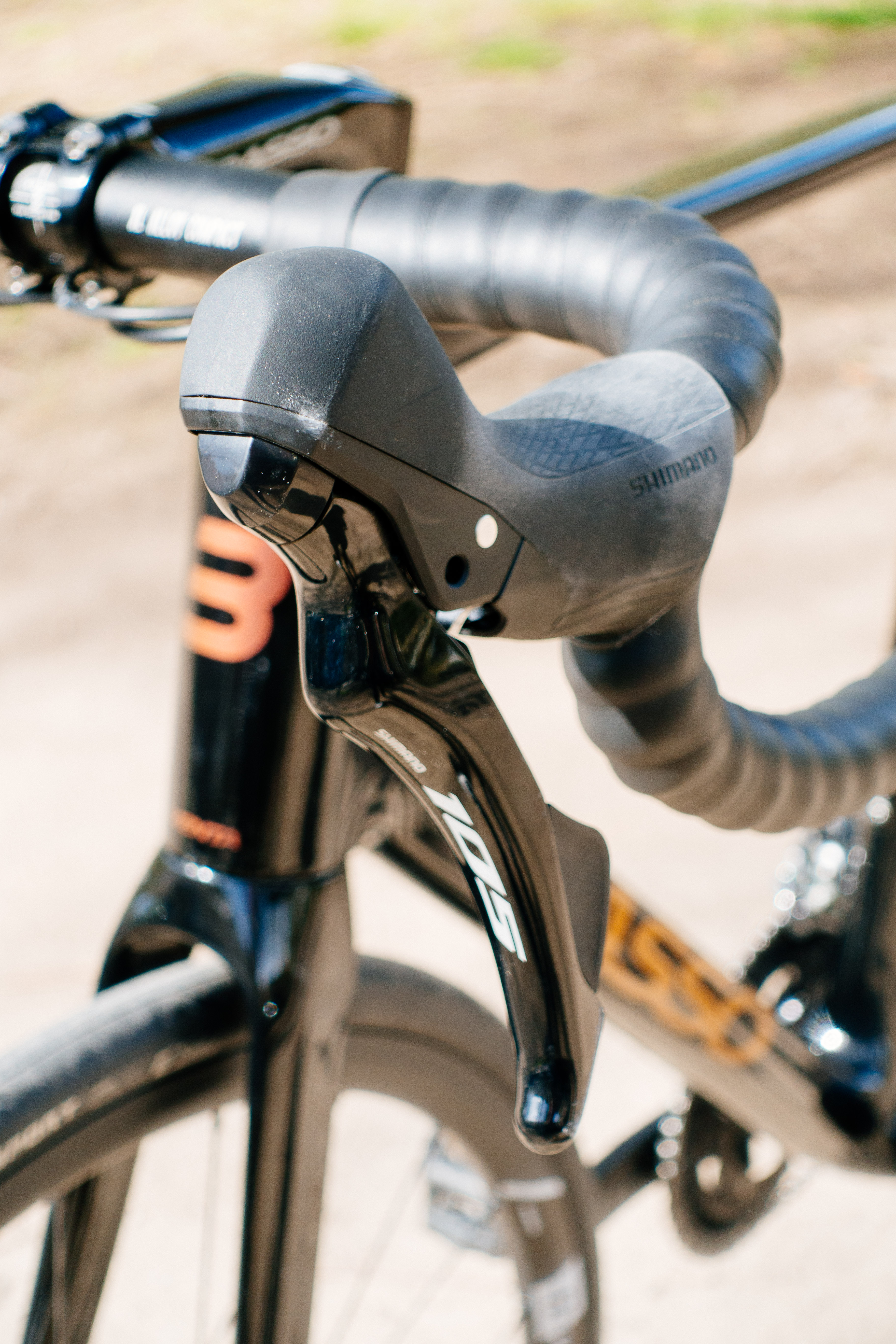
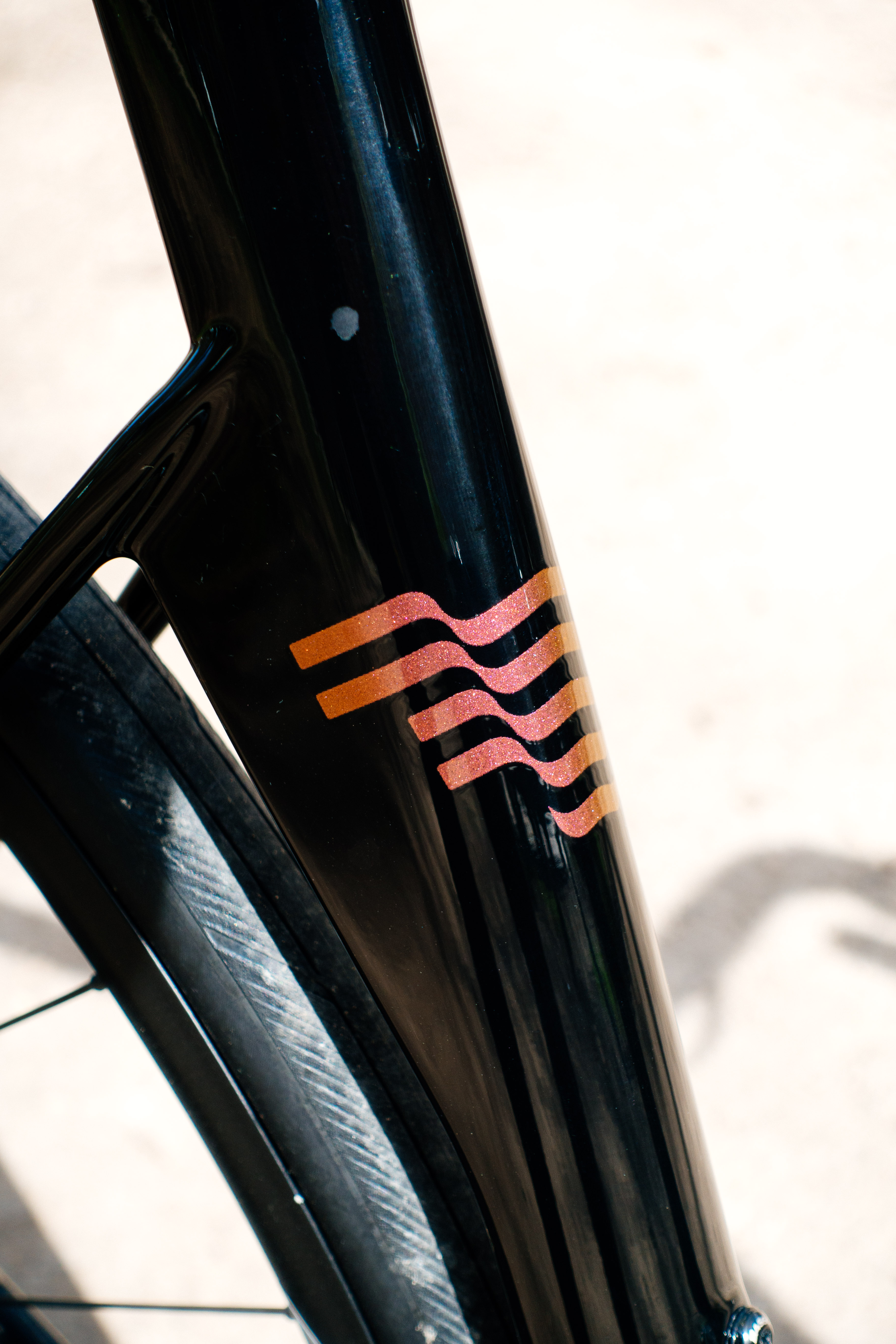
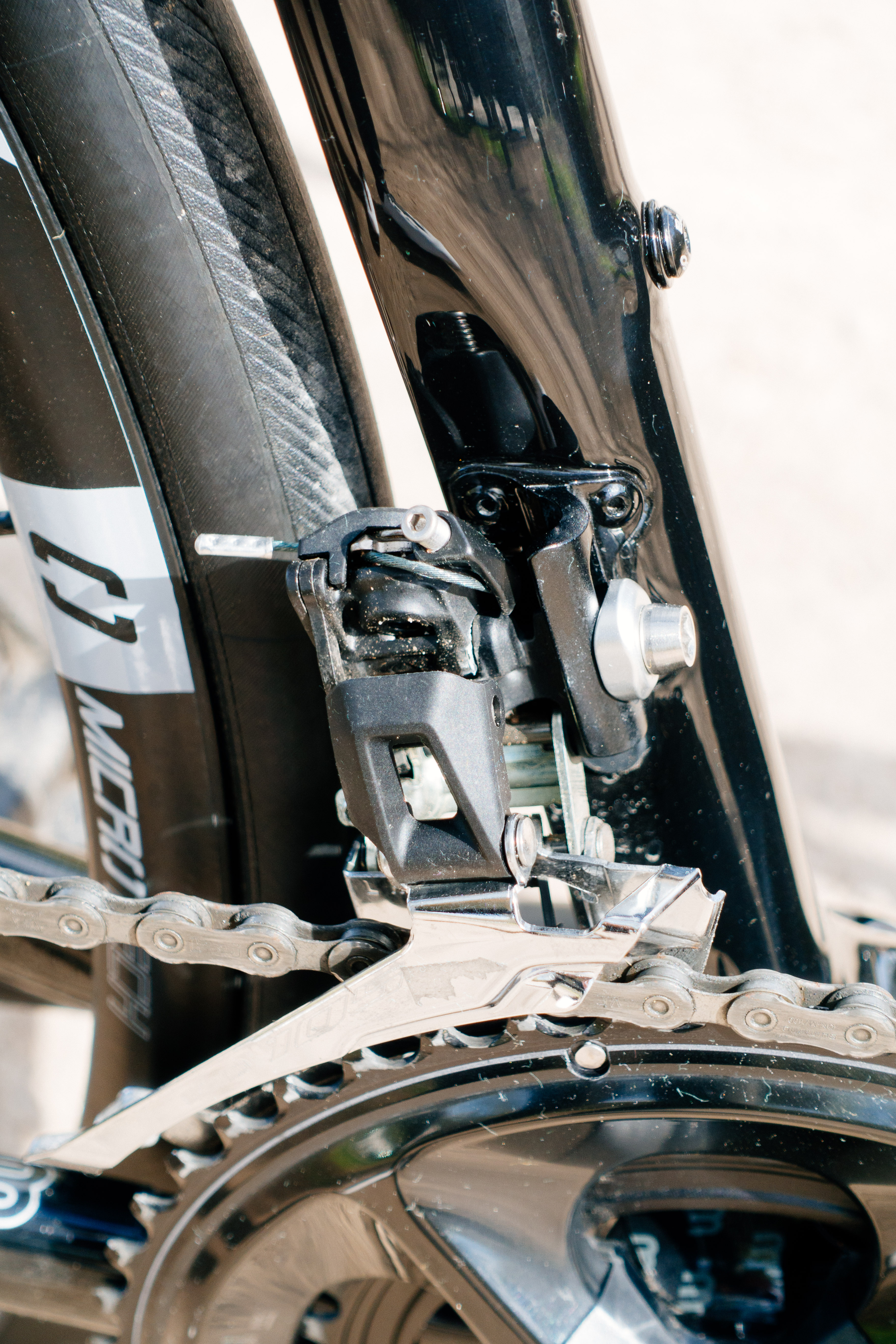
Value
Italian bike reviews are somewhat formulaic. The Colnago C68, the Colnago V4Rs, and I suspect to a similar degree the Diamante SV (though I haven't got around to reviewing this one just yet) all start by saying the bike is beautiful, and to a greater or lesser degree a good thing to ride, before absolutely hammering it in the value section. Justifying a £14k road bike from a consumer standpoint is nigh on impossible, but justifying the Venta R is a lot easier. It’s reasonably priced, and is prime for upgrades. If you lust after the blingest of the bling then this will give you some of that brand kudos for a fraction of the price.
What I tried to work out what the master plan at Campagnolo was, I lamented the fact that it was trying to ape the business model of Gucci et. al., but without giving brand-loyal customers anywhere reasonable to buy in. Basso here has done it properly, it has the Diamante - the couture Chanel dress in this metaphor that you cannot buy - but it also has the Venta R, which is the Chanel handbag you can buy at Selfridges.
If you want that Italian pedigree it represents good value, but it’s also just a decent bike. The spec isn’t mind-blowing, but the frameset is great, the componentry absolutely top-drawer for the price, and it’s sensibly appointed and prime for future upgrades.
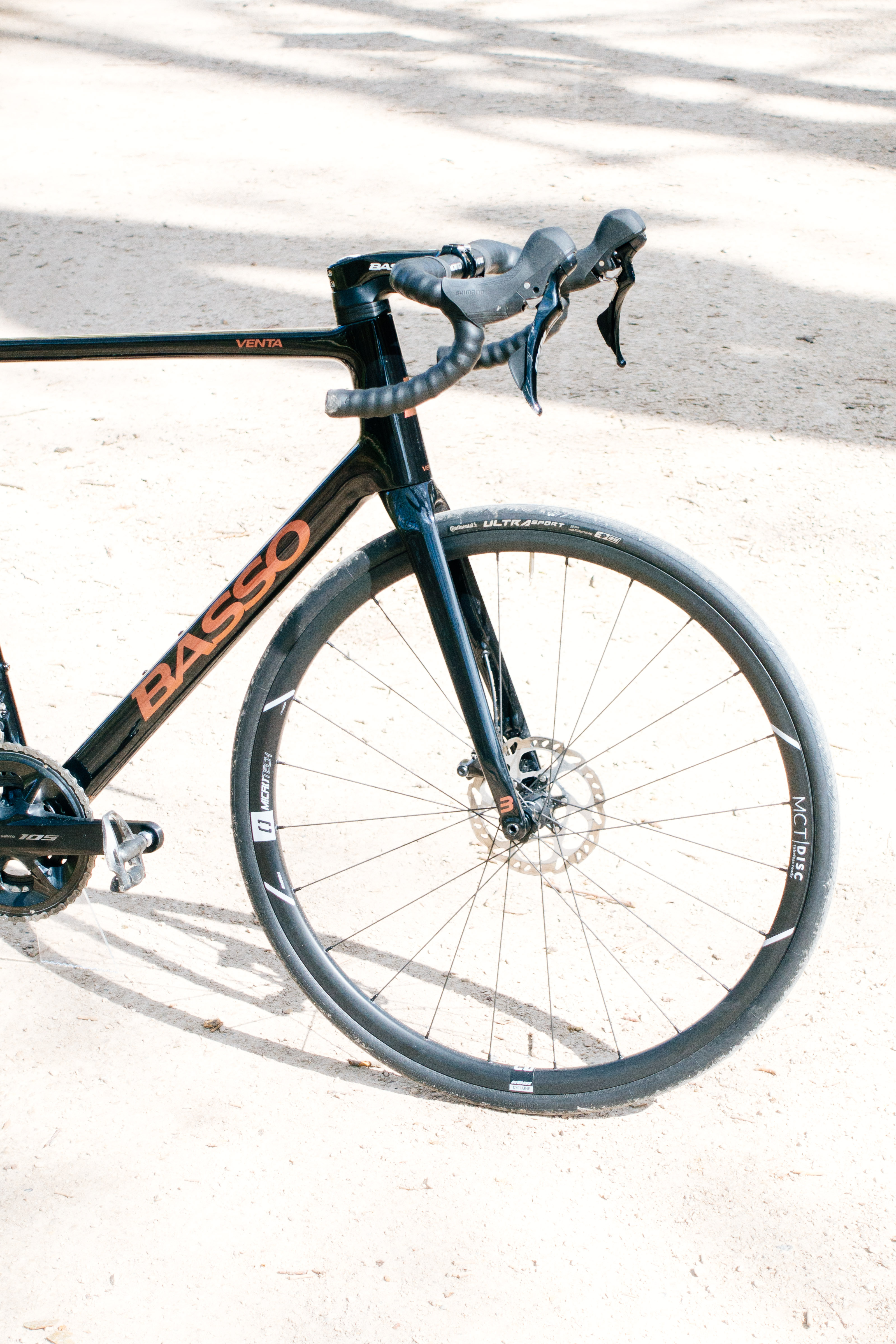
Verdict
The Venta R is all at once, depending on how you look at it, a gateway drug that’ll give you a genuine taste of those hyper-premium Italian superbikes and a great bike on its own terms. I’d want to see better wheels, but for the price and shod with decent tyres they’re more than acceptable. Give it time and a bit of upgrade cash and throwing on some carbon wheels with 32c tyres would make it a brilliant all-day ride.
More than that though the Venta R represents a breath of fresh air, blowing against the prevailing winds of uber-premium-isation in the Italian bike world, and for that it should be applauded.
| Attributes | Notes | Rating |
|---|---|---|
| Design and aesthetics | Great to look at, with relatively sensible choices for the price point | 9/10 |
| Build | 105 mechanical is excellent, though the wheels are a bit lacklustre and you can get electronic shifting at this pricepoint. Good tyres. | 8/10 |
| Performance | Lovely handling, and a position that more riders will get on with than many modern bikes. | 8/10 |
| Weight | 8.82kg isn't that feathery for a carbon bike. | 7/10 |
| Value | You can see where the savings have been made, but it's a lot of bike for the price | 8/10 |
| Overall rating | Row 5 - Cell 1 | 80% |

Will joined the Cyclingnews team as a reviews writer in 2022, having previously written for Cyclist, BikeRadar and Advntr. He’s tried his hand at most cycling disciplines, from the standard mix of road, gravel, and mountain bike, to the more unusual like bike polo and tracklocross. He’s made his own bike frames, covered tech news from the biggest races on the planet, and published countless premium galleries thanks to his excellent photographic eye. Also, given he doesn’t ever ride indoors he’s become a real expert on foul-weather riding gear. His collection of bikes is a real smorgasbord, with everything from vintage-style steel tourers through to superlight flat bar hill climb machines.
